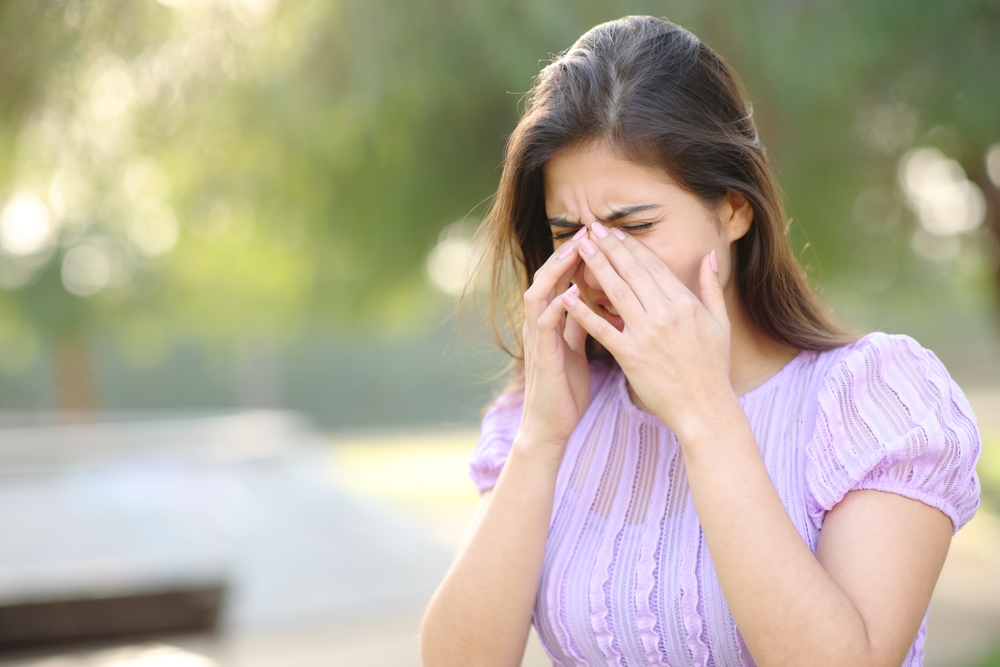
Dry eye is a common condition that affects many patients in Pleasantville, causing symptoms like itching, burning, redness, blurred vision, and the sensation of something in your eye. It occurs when your eyes either don’t produce enough tears or the tears evaporate too quickly. While factors like age, screen time, and underlying health conditions contribute to dry eye, many people are surprised to learn that the climate where you live or travel can also play a major role in the severity of your symptoms.
Understanding Dry Eye and Environmental Triggers
Your eyes rely on a balanced tear film to stay moist and healthy. When the environment becomes too dry or windy, that delicate balance can be disrupted. Common triggers include:
Low humidity levels
High winds
Cold air (especially when combined with indoor heating)
High temperatures paired with dry conditions
Dry air causes tears to evaporate more quickly, which can exacerbate symptoms and lead to discomfort or even inflammation over time.
What Climate Is Best for Dry Eye?
If you suffer from chronic dry eye, the best climate tends to be:
Moderate in temperature
Humid or not overly dry
Low in airborne irritants like smoke, pollen, or dust
Regions with coastal climates, such as those near the ocean, often provide higher humidity and milder temperatures - both beneficial for tear stability. Avoiding extreme dry environments, like desert climates or high altitudes, can make a big difference in your comfort level.
What You Can Do to Protect Your Eyes
Even if you can’t move to a more eye-friendly climate, there are steps you can take to minimize symptoms:
Use a humidifier indoors, especially in winter or if you use indoor heating or air conditioning.
Wear wraparound sunglasses when outdoors to shield your eyes from wind and sun.
Stay hydrated by drinking plenty of water throughout the day.
Limit screen time or follow the 20-20-20 rule to reduce eye strain.
Avoid direct airflow from fans or vents hitting your eyes.
When to See a Doctor
If you experience persistent dryness, irritation, or changes in vision, it’s important to seek professional care. Chronic dry eye can lead to complications if left untreated, such as corneal damage or infection. At Westchester Eyes, we can evaluate your symptoms and recommend personalized treatment options, from lubricating drops and prescription medications to in-office procedures that address the root cause.
Find Dry Eye Relief at Westchester Eyes
Climate can play a significant role in how your dry eye symptoms present and progress. While you may not be able to control the weather, understanding the best environmental conditions and how to manage your exposure can provide lasting relief.
If you’re experiencing persist dry eye symptoms, schedule a consultation at Westchester Eyes for personalized treatment options. Visit our office in Pleasantville, New York, or call (914) 201-9900 to book an appointment today.








